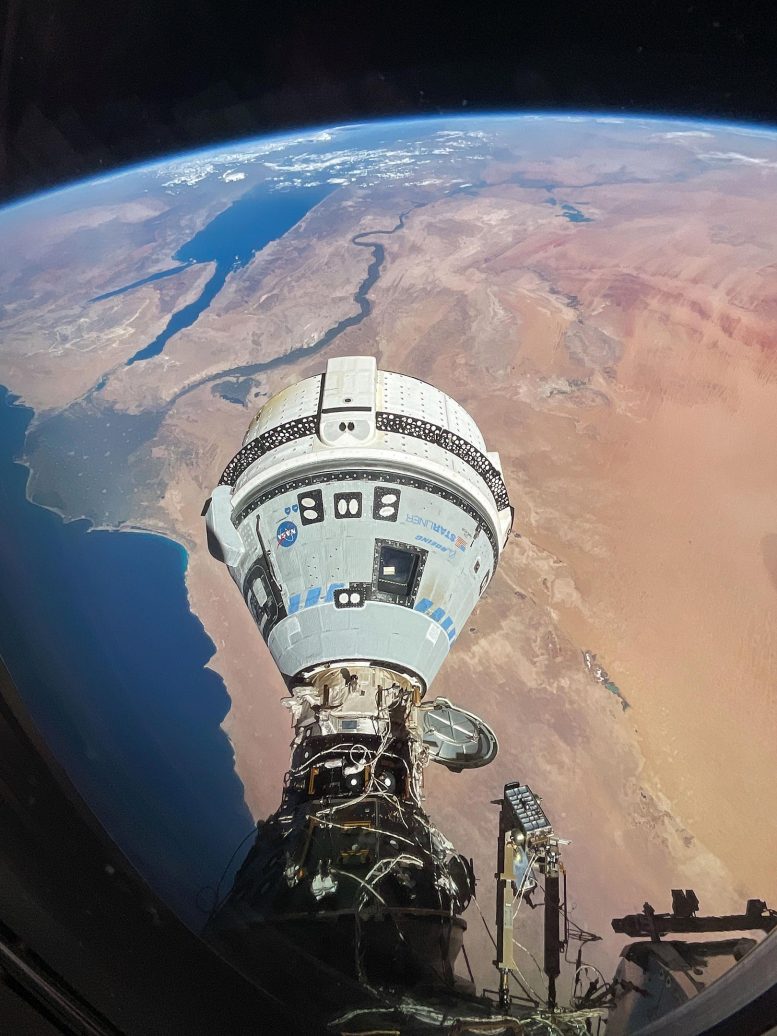
The Starliner spacecraft on NASA’s Boeing Crew Flight Test is pictured docked to the Harmony module’s forward port as the International Space Station orbited 262 miles above Egypt’s Mediterranean coast. Credit: NASA
Crew members aboard the ISS focused on spacewalk preparations, system maintenance, and scientific experiments, including botany and biomedical research, with upcoming discussions on the Starliner mission.
For the seven Expedition 71 crew members and the two astronauts on NASA’s Boeing Crew Flight Test, the week started with spacewalk preparations and an array of advanced microgravity research. The nine residents aboard the International Space Station (ISS) also maintained electronic, life support, and orbital plumbing systems.
Two spacewalks are now scheduled for June 24 and July 2. The first spacewalk will see two spacewalkers remove faulty radio hardware and swab station surfaces for microorganisms. The tasks planned for the second spacewalk include removing and replacing a gyroscope assembly, relocating an antenna, and preparing the Alpha Magnetic Spectrometer for future upgrades.
Throughout Monday, June 17, NASA Flight Engineers Matthew Dominick, Mike Barratt, and Jeanette Epps worked on a variety of spacesuit tasks, including cleaning cooling loops inside a spacesuit and swapping spacesuit components in the Quest airlock.
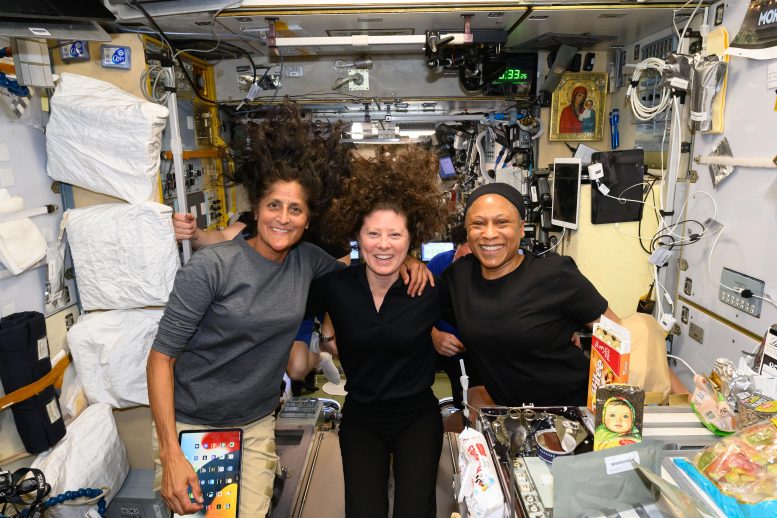
NASA astronauts (from left) Suni Williams, Tracy C. Dyson, and Jeanette Epps pose for a portrait during dinner time aboard the International Space Station’s Unity module. Williams is the pilot for NASA’s Boeing Crew Flight Test and Dyson and Epps are both Expedition 71 Flight Engineers. Credit: NASA
Epps started her day in the Kibo laboratory module removing camera hardware inside Kibo’s airlock for reconfiguration and stowage with assistance from Barratt. Epps then worked in the Destiny laboratory module swapping sample cartridges inside the Materials Science Laboratory, a research facility used to discover new applications for existing materials and new or improved materials. Barratt inspected and serviced components on the Tranquility module’s advanced resistive exercise device, workout gear that mimics the inertial forces on Earth when lifting free weights.
NASA Flight Engineer Tracy C. Dyson set up biomedical gear then wore a sensor-packed vest and headband that recorded her heart and lung data while she pedaled on an exercise cycle. Afterward, she worked on space botany hardware removing water bags ahead of a plant experiment.
Starliner Pilot Suni Williams started her day transferring wastewater between station modules and then replaced a video camera in the Columbus laboratory module. Afterward, she moved to the Kibo lab and watered the Advanced Plant Habitat to prepare for upcoming science operations.
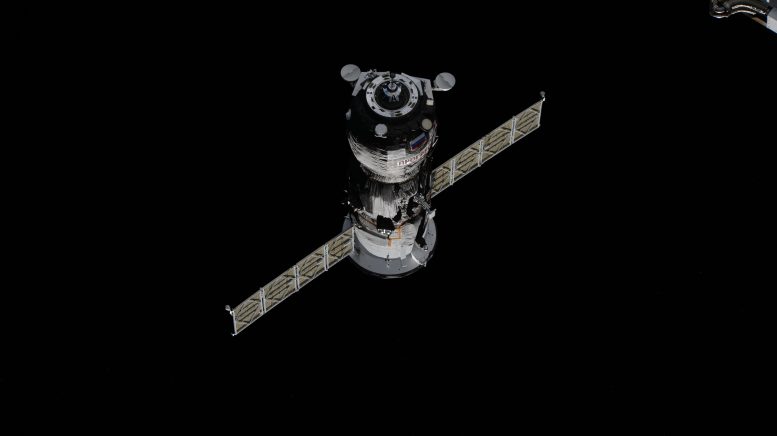
The Progress 88 resupply ship from Roscosmos approaches the International Space Station packed with about three tons of food, fuel, and supplies for the Expedition 71 crew. The cargo craft would dock to the Poisk module moments later for a five-month stay at the orbital outpost. Credit: NASA
Starliner Commander Butch Wilmore worked in the Harmony module’s maintenance work area setting up hardware and researching liquid flows to improve the healthcare and food industries. The Gaucho Lung study is exploring ways to optimize drug delivery for respiratory conditions, treat infants with respiratory distress syndrome, and prevent contamination of tubes with intermittent flows of liquids.
NASA and Boeing will discuss Starliner’s mission and departure from the orbital outpost as part of the agency’s Crew Flight Test in a media teleconference at 12 p.m. EDT Tuesday, June 18. Audio of the teleconference will stream live on NASA’s website at https://nasa.gov/nasatv.
Roscosmos Flight Engineer Nikolai Chub spent his day testing the operations of a 3D printer while fellow cosmonaut Alexander Grebenkin studied the vibrations the space station experiences while orbiting Earth. Cosmonaut and station Commander Oleg Kononenko worked throughout Monday replacing smoke detectors in the space station’s Russian segment.

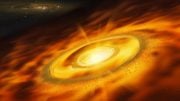
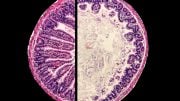

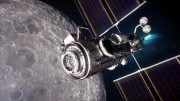
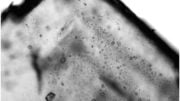
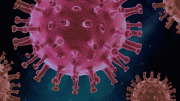

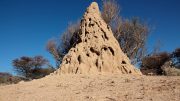
This may be the last thing they ever do, considering the state of that vessel.